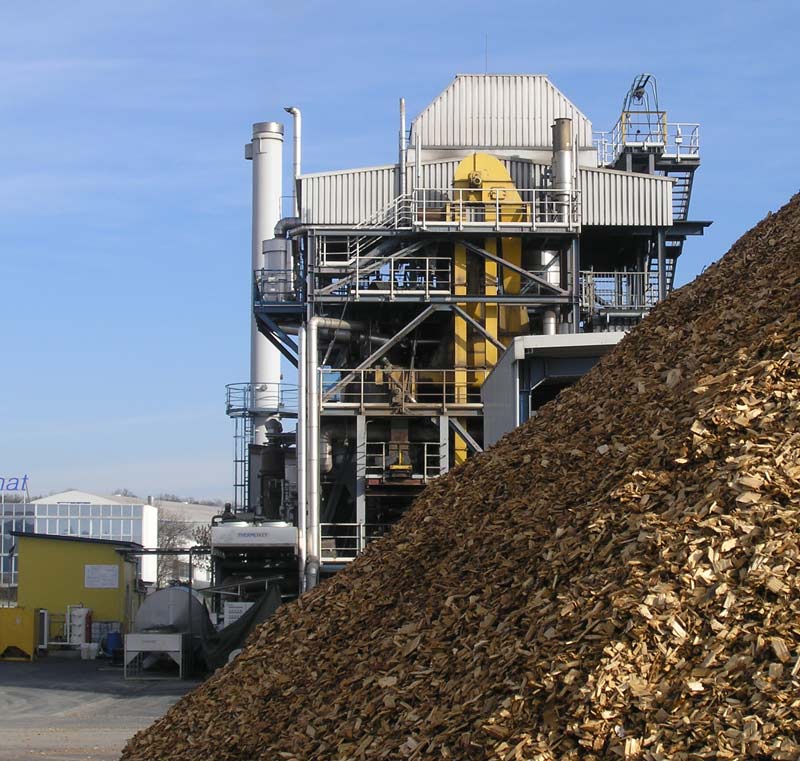
Image Source: deltawayenergy.com
With technology evolving at a fast pace it is not surprising that disposal waste can now be utilized to manufacture electricity. The two major concerns for developing countries that includes disposal of waste and generating electricity can now be collated with the invention of this novel technology. This will have dual advantages: as it could help us utilize the enormous space preoccupied by disposal garbage into productive land use and secondly it can reduce our reliance on non renewable energy sources. The engineering involves turning around 1000 tons of solid waste and other disposal waste to generate approximately 60 Megawatt- hour of electrical power and 40 Megawatt- hour of steam power.
Recycling of waste to generate electricity
We are all familiar with the preaching of “reduce, reuse, and recycle” but added to the system is an additional R called “Recovery”. Yes, this involves after we are done with the former reduce, recycle and reuse we can step forward to energy recovery from this waste. The process involves after the garbage has been dumped by the truck into the incinerator. The waste can be heated to turn chemical energy stored to useful electrical energy. Metals are separated before this process thereby ensuring recycling of a staggering 400,000 tons of metal every year. Recovery of electrical energy by this process ensures that we are reducing our emission on methane gas. Though the process releases carbon dioxide but it is comparatively less potent than the methane gas that is produced when the garbage is disposed to landfill.
Waste to energy process
As we recall from previous discussions in the other articles, the basic principle of generating electricity involves utilizing thermal energy to generate electrical energy. The Municipal Solid Waste, the acronym being MSW can be burned to generate heat energy. The heat energy can then be utilized to turn water in boilers to pure steam. The steam can then be used to turn the turbines. The turbine which is connected to generator is eventually used to produce electrical energy. The steam produced during combustion of waste can be condensed to water in the boiler. The byproduct produced during the process of combustion of waste includes ash which is approximately 10% of the original mass of the waste.
There are however concerns regarding the release of harmful toxic gases into the atmosphere during the combustion of MSW. But due to straight regulations complied by the authorities regarding the concern there are no significant emissions of toxic gases or heavy metals into the surrounding during the process. Another concern that arises is the recycling of metals that can be severely impacted by the introduction of this technology. This problem can be resolved by separation of the metals before the processing. Also the magnetic and non magnetic materials can be separated from the ash residue, produced as the byproduct.
According to a recent press release there has been an initiative made by the New Delhi Municipal council (NDMC) to set up a small scale waste to energy plant, near the territory of Safdarjung hospital. The attempt was taken because of the rising cost of fuel transport to their specific disposal landfill. This attempt will allow them to save on the transport cost and also provide a technology for a greener generation of electricity. A single plant should be able to generate 40MW of power.
There is however a large scale project of waste to energy in Okhla which is private project where it utilizes 1500 metric tons of waste everyday to generate electricity. Initially all the waste from near the Safdajung hospital was transported to the plant in Okhla to generate electricity from this waste but the diversion was thought because of the rising transportation cost. This is a good approach as it will encourage many local territories to be inspired by this project and take initiatives on their own to build their very own small to large scale waste- to -energy plant. This will cut down the reliance on non renewable fossil fuel to generate electricity and also simultaneously aid in finding an alternative on disposing their waste in a more efficient manner. Approach has been taken by the NDMC officials to open similar small scale waste to energy plants in Nehru Park, Lodhi Garden, Purana Qila Nursery and Talkatora Garden.
In 2003 there had been a plan to construct a 48MW waste to energy plant in Jawaharnagar, India. The initiative was taken by Ramky Enviro Engineers where 2400 tons of metric waste can be utilized to produce 48MW of electrical energy.
All these approaches will mark the progress of India in finding alternative resources to fuel their everyday need of electricity.
